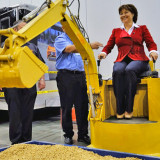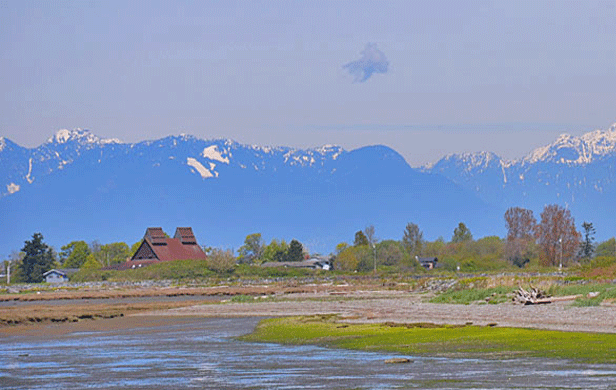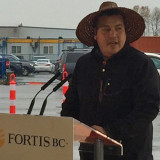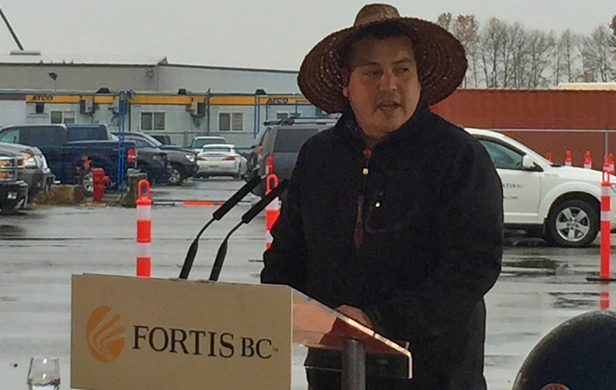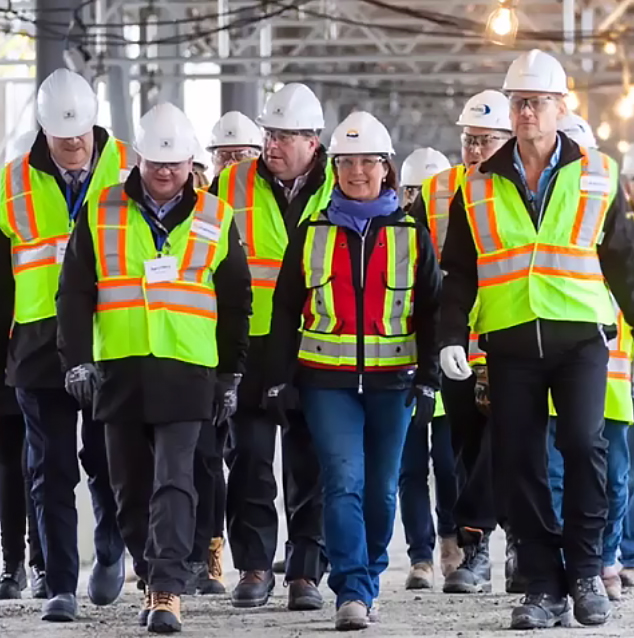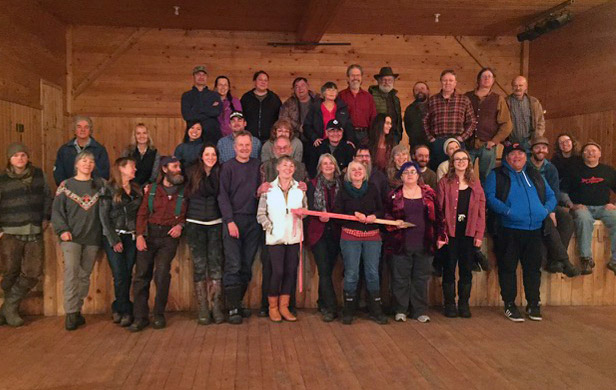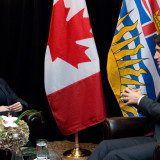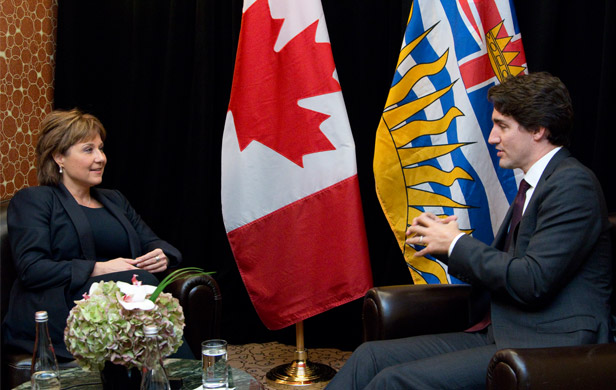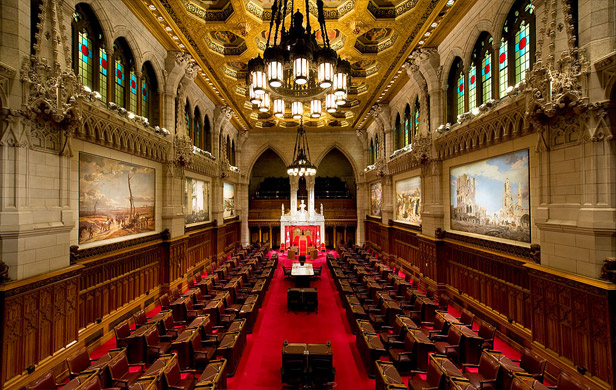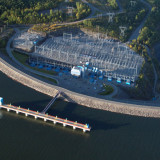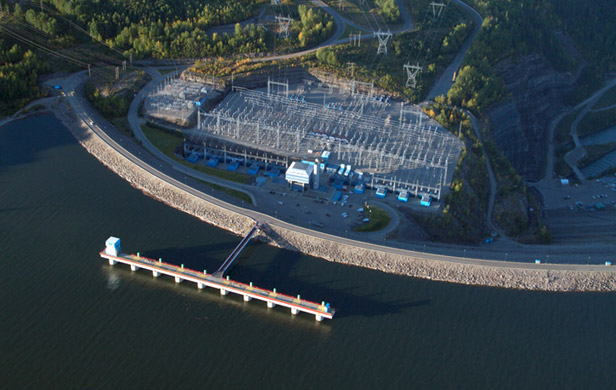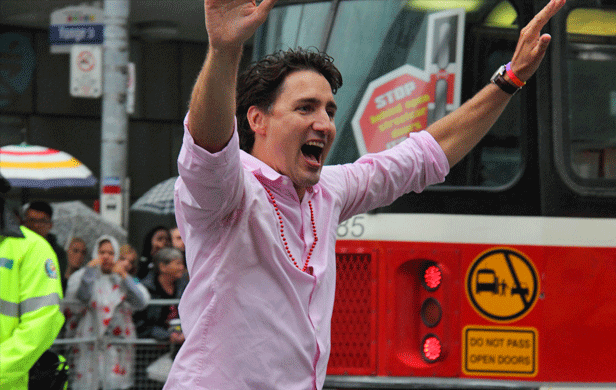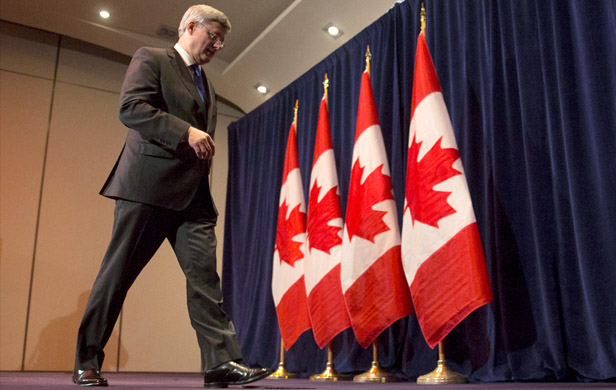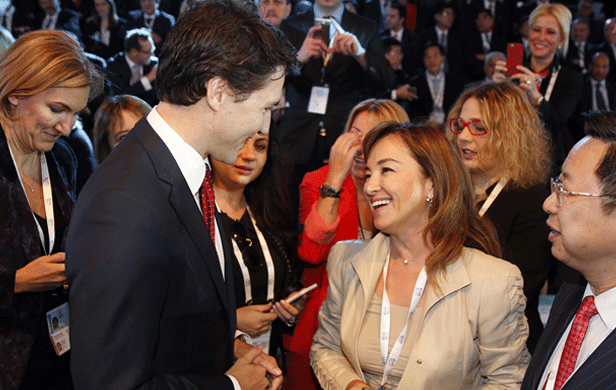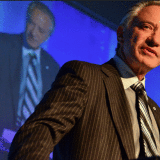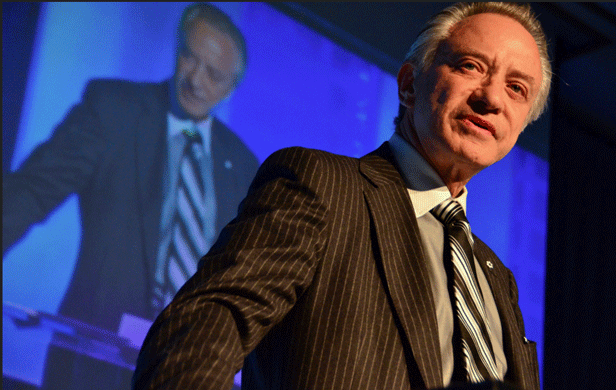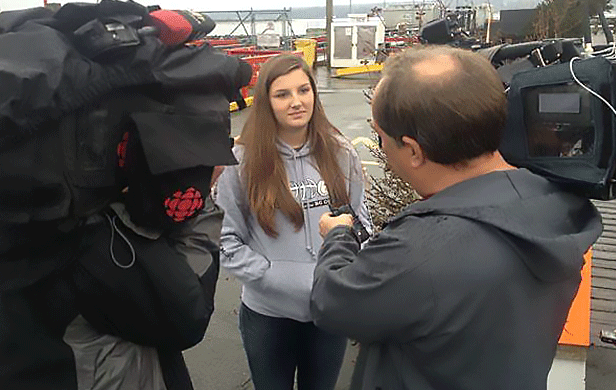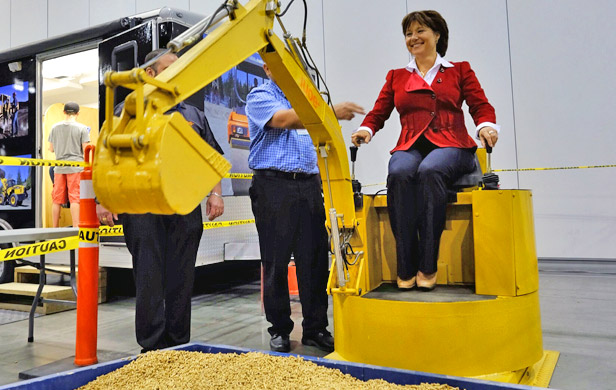
I am a daydreamer who has had far too much time to daydream over the last months. I find I have brilliant ideas which seem fairly ridiculous once I move onto a new set of dreams, but every once in a while I find an idea which had merit that should have been explored. I’m also a political junkie and some people pay me to write or speak on this subject although, I’ve noticed, not so much these days as before.
A political issue of considerable note and worldwide import has crossed my febrile brain fairly often for last couple of years and it’s bothered me that no answers seem to pop out. Well, my skull gave me another brainwave as I bashed the hell out of it a couple of weeks ago and have been looking at a hospital ceiling much of the time since. Brilliant! And, you note, that this comes at Christmas time and the spirit of generosity fills the air as well as the tummy. Put all this together and I have this proposed Christmas present from British Columbia to the sports world, all but wrapped up and on Santa’s sleigh.
A star is born
We have a superior asset which many think has already been overused to the point that British Columbians are seen as selfish, something for which they’re not noted.
We trained this asset in school and she became an attendee at three internationally-known universities, although, for reasons known only to herself and her examiners, she did not graduate from any of them. Knowing, however, that genius called, she entered politics and, while accomplishing nothing, she did have the one thing politicians must have – timing.
In 2001, just as the NDP were gasping their last, our heroine, the Honourable Christy Clark, sought a seat in the BC legislature under the Liberal banner so sordid had the NDP flag become, even the Liberals looked good.
She got off to a flying start becoming the worst Education Minister in BC history, a list that includes Bill Vander Zalm. I’ll not trouble you with how she went from there to premier but in politics anything can happen and almost always does and that’s where she found herself.
Nothing discernibly adequate
In the years since, Ms. Clark has done nothing discernibly adequate, much less brilliant – except to display to all that we have a world-class incompetent leader.
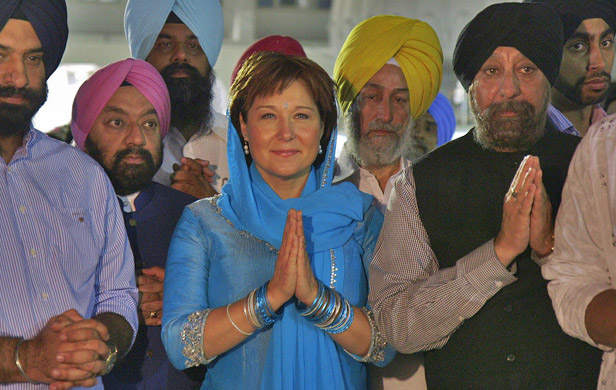
I wouldn’t want it to to be thought that she doesn’t work at this because I have never seen anyone work harder at covering utter ignorance with smiles and photo-ops. Without knowing a single solitary thing about LNG – worse, everything she thinks she does know is wrong – she’s stamped herself as a world-class business class traveler to Asia and there’s scarcely a dishonest leader there that she hasn’t met and glowingly praised.
Ever mindful of the future, she has trained an ex-cop, likewise unsullied by brain or experience, to travel with her and demonstrate that he doesn’t know anymore than she does – not difficult to do.
The Peter Principle
Some complain that Christy and the gumshoe have no sense of humour but I think precisely the opposite is true. Just think of the hundred billion, or is it trillion, dollar Prosperity Fund she’s creating to finance our future fantasies! If that’s not high humour, what the devil is?
The famous Peter Principle states:
[quote]In a hierarchy, every employee tends to rise to his level of incompetence.[/quote]
Well, I think it is evident to all in British Columbia that premier Clark has rocketed right to the top of her “level of incompetence”, with scarcely a pause on the way.
The perfect job for Christy
Does this mean, alas, that there is nowhere for her to turn?
I didn’t think that there was, yet, while carefully regarding the hospital green on the ceiling the other day, it suddenly came to me! Eureka! After you get over your surprise, you’ll surely agree that I’ve discovered the ideal position for our premier in every imaginable way.
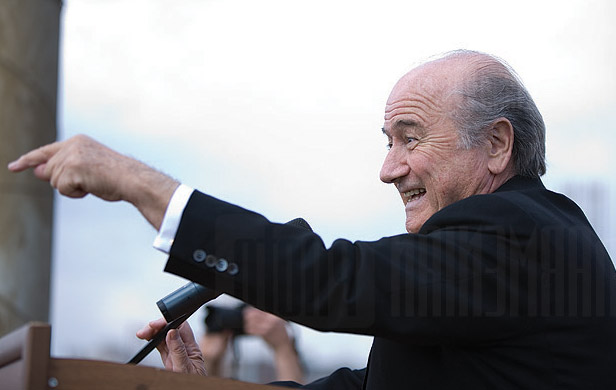
It requires not a soupcon of intelligence or intellectual curiosity. There’s no need to be overly honest – in fact the contrary is the case. No ability to lead is necessary – once the position is attained, all those who would like your job are too busy fighting over the scraps you brush off the table. The money is excellent, (none, going back to 1904, has failed to make piles for their pocket), travel exquisite, and, while one might think that the job is pretty boring, you must remember that our candidate brings boring to a level never yet approximated even in Sports history.
The position, now open to the public, (no previous experience necessary, just appropriate moral standards), is General Secretary of The Fédération Internationale de Football Association, the governing body of association football (Soccer), futsal and beach football, known as FIFA.
Job qualifications
I realize dear readers that I have painted a fairly sketchy portrait of what our Christy would be required to do as the world’s soccer czar – perhaps this short summary of “retiring” Mr. Blatter’s term will be of assistance:
[quote]After holding FIFA’s general secretary post for 17 years, Blatter eventually succeeded…as FIFA president in 1998, winning a contentious election against Lennart Johansson, who was then the president of Europe’s confederation, the Union of European Football Associations (UEFA).
Blatter has long been a controversial figure in the global soccer scene. Under his watch, the World Cup has grown into a multi-billion dollar event and has been held, for the first time ever, in Asia (2002 in Japan and South Korea) and in Africa (2010 in South Africa). At the same time, he has often angered his constituents with his remarks, such as when, in 2004, he suggested that female players wear “tighter shorts” to attract more male fans.
Reports have also for years linked FIFA, under Blatter’s leadership, with corruption, bribery and vote-rigging in conjunction with various internal elections and the awarding of hosts for the World Cup, including the 2018 and 2022 tournaments, in Russia and Qatar, respectively…[/quote]
I realize that giving Christy up to international sport is an act of considerable sacrifice and generosity. But we can do it, fellow citizens. After all, virtue is its own reward.
My only concern in making this recommendation is that premier Christy Clark may be considerably overqualified for the job.
